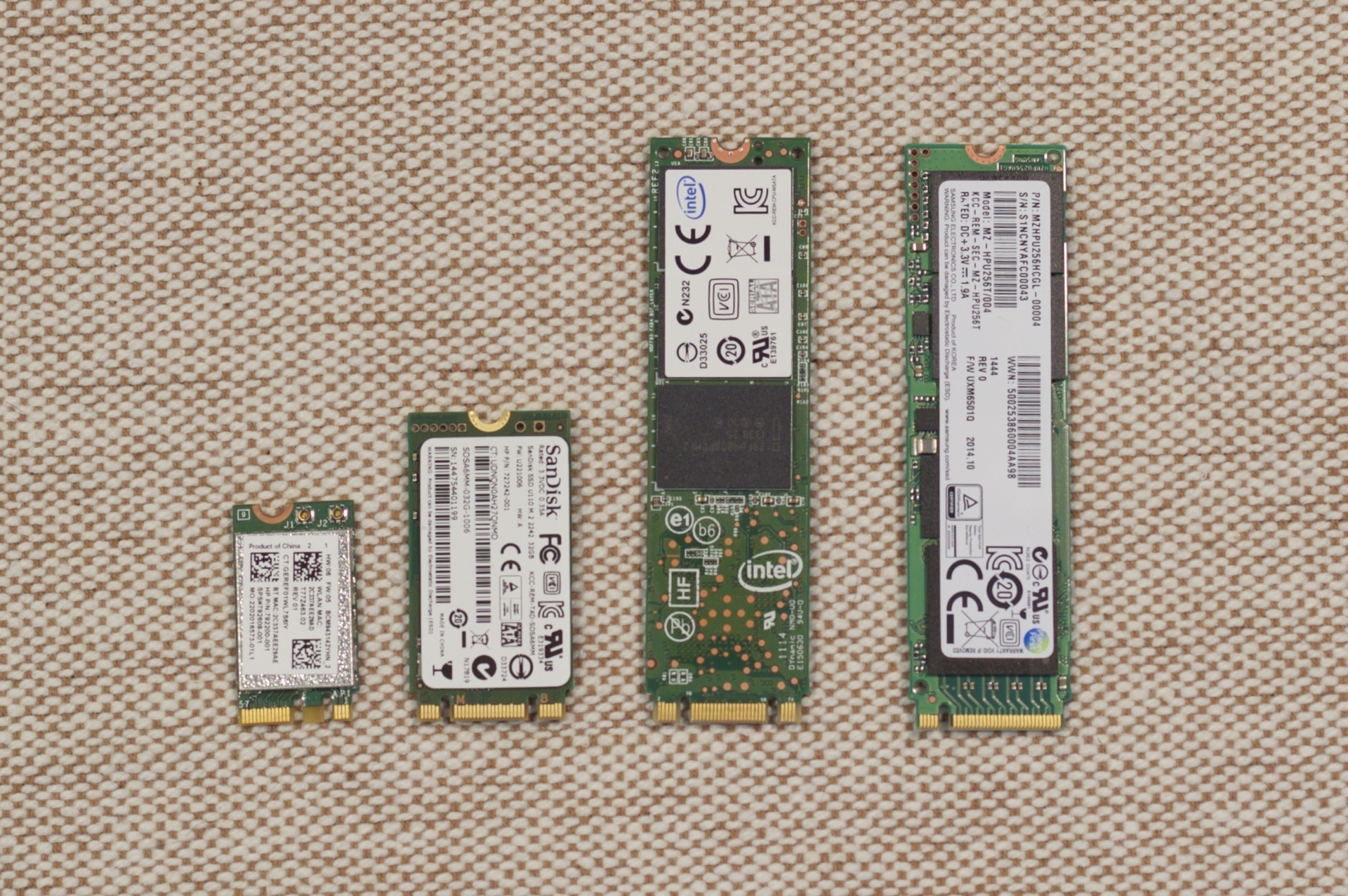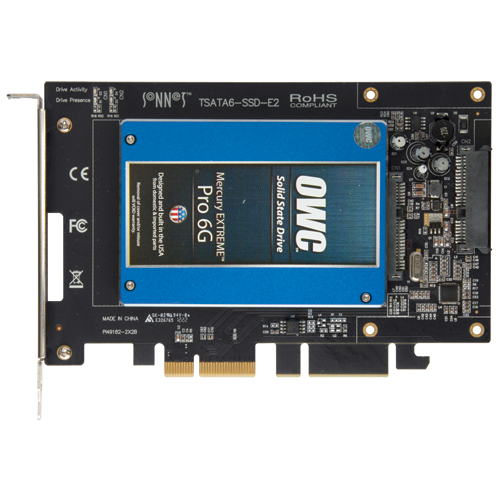The reason why an internal SD card reader is important is because mac laptops have very few USB ports (2 - 3 for new MBP uni) and even if you agree to use one of those ports for a card reader it means you will have something sticking out of the contours of your laptop, thats OK if you dont move your laptop, but what is a laptop for anyway? Gift Certificates/Cards International Hot New Releases Best Sellers Today's Deals Sell Your Stuff. USB 3.0 Multi-Function Gigabit Ethernet Lan Adapter + SD/ TF Card Reader + 2 Ports USB Hub For Laptop Desktop for Windows for MAC Description: This adapter is a integrated USB 3.0 Gigabit Ethernet,Hubs,Card readers multi-functional adapter.
When you think of Thunderbolt 3 accessories, there are only a handful of companies as prolific as Akitio. The California-based company has released numerous Thunderbolt 3-centric products aimed at Mac users, and recently sent us its latest offering — a dock headlined by its 10GbE connectivity.
In addition to the 10GbE connectivity, the dock also features a speedy UHS-II-enabled SD Card 4.0 reader, and a rare CFast 2.0 slot. Where does the Akitio Thunder3 Dock Pro fit into a Mac user’s workflow? Watch our video review for our hands-on synopsis.
Synology RT2600ac: The AirPort Extreme replacement.
Specifications
- 2 x Thunderbolt 3 ports
- 1 x 10 Gigabit Ethernet port supporting auto-negotiation
- 3 x USB 3.1 (gen 1) ports
- 1 x CFast 2.0 card slot
- 1 x SD Card 4.0 (UHS-II) slot
- 1 x eSATA host port
- 1 x DisplayPort 1.2 port
- 60W power delivery
- Cooling fan switch for 0dB operation
- All aluminum chassis
- 0.5m Thunderbolt 3 cable
- 150W power brick
- Dimensions: 8.35- x 4.25- x 1.36-inches
- Price: $349.99
Some may balk at what this dock does not feature — 87W power delivery, USB 3.1 Gen 2, and HDMI — but I can’t think of another Thunderbolt 3 dock that comes with 10GbE connectivity in addition to lots of other I/O. For those that need faster Ethernet connectivity, this dock is one of the few options available on the market today.
The 150W power brick is large and in charge
Other 10GbE Thunderbolt 3 options are standalone solutions without any extra I/O, such as Akitio’s Thunder3 10G Network Adapter and Sonnet’s Solo 10G adapter, though the advantage of standalone solutions is that they are bus powered, making them significantly more portable. The Thunder3 Dock Pro, on the other hand, is weighed down somewhat by its massive 150W power brick that’s nearly as large as the dock itself.
10GbE is definitely the star of the show here
There are several additional advantages that the Akitio Thunder3 Dock Pro offers as well, namely its support for high-bandwidth media like UHS-II SD Cards and CFast 2.0 cards. Several high-end cameras, like the Canon C200 utilize CFast cards for video storage, and many more cameras, like the Panasonic GH5 and Sony A7 III feature support for UHS-II SD Cards. We’ve seen UHS-II support in several docks before, but CFast 2.0 connectivity is a particularly rare find among docks like this, making it a solid option for anyone who regularly ingests media from CFast cards.
CFast 2.0 and SD Card 4.0 — perfect for media-driven workflows
All of the other Thunder3 Dock Pro features are rather pedestrian, but any extra I/O added to a port strapped machine like the MacBook Pro is a good thing.
One last unique item that’s no stranger to Akitio products is the ability to disable the fans via a switch on the unit’s rear. The fans aren’t overly loud, but they are definitely noticeable in a quiet environment. I personally find the fan to be annoying, but I’m super sensitive to fan noise. Akitio says that fans can be disabled for up to 30 minutes at a time, which is a great option to have for folks that do voiceovers or any other activity that demands a silent environment.
When you turn the fan off, you’re presented with a warning LED as a reminder
The build quality of the Thunder3 Dock Pro is of typical Akitio fashion, that is to say it’s good. The dock features a solid all-aluminum metal chassis combined with four non-slip feet that ensure that the unit stays firmly planted on the desktop. The brushed aluminum raised top portion of the dock features the familiar Akitio logo in the middle that glows to illustrate the presence of power and Thunderbolt 3 connectivity.
I did notice one problem with the build quality of my test unit during my inspection — the top plate portion of the dock features four risers that elevate it over the primary base. The two risers supporting the rear of the elevated plate come into contact with screws on the base of the dock, causing them to not sit flush with the base. I reached out to Akitio, and it assured me that this issue has been addressed with production units.
It’s no surprise: 10GbE is significantly faster than standard gigabit Ethernet that we’re all used to by now. When paired with Akitio’s dock, a MacBook Pro gains the same sort of wired network performance that the iMac Pro comes with standard.
For most home users, having access to 10GbE won’t mean much. Most home users rely on wireless connectivity, and those who do opt for hard-wired setups more times than not use standard gigabit Ethernet peripherals.
Gigabit Ethernet vs 10 Gigabit Ethernet speeds (direct connection to iMac Pro)
But for those in an office environment wired for 10GbE, or for those home users that have upgraded equipment to support the faster bandwidth capabilities, a 10GbE connection can make a huge difference for photo and video editing workflows.
For example, we highlighted some of the benefits that can be had from wielding a 10GbE connection with a Synology NAS for Final Cut Pro library storage. With a standard gigabit Ethernet connection, such a setup would be difficult for 4K workflows, but a 10GbE connection can make it happen with headroom to spare.
Pci Sd Card Reader For Intel Mac Pro
Gigabit Ethernet vs 10 Gigabit Ethernet speeds (direct connection to Synology DS1817)
The most important thing is having the reciprocal hardware that can actually take advantage of the high bandwidth made possible by a 10GbE NIC. If you don’t have that, then you won’t be able to experience the benefits, and such a dock becomes a lot less helpful than it would be otherwise.
But Ethernet connectivity isn’t the only reason why a user should consider this dock. Having an SD Card 4.0 reader makes transferring large files from UHS-II SD Cards significantly faster than standard readers. We broke down the benefits of UHS-II cards in an earlier post that put Sony’s speedy G-Series card to the test using an iMac Pro.

Sd Card Readers For Mac
Without SD Card 4.0 vs with SD 4.0 (using Sony G-Series UHS-II SD Card)
Even more rare than an SD Card 4.0 reader is a CFast 2.0 reader. CFast cards aren’t nearly as prolific as SD Cards, but if you work with cameras like the aforementioned C200 or Canon 1DX Mark II, having an external reader can make a big difference in a video workflow.
An amber status light denotes full 10GbE connectivity
These features, coupled with the extra Thunderbolt 3 port that affords the ability to daisy chain, plus the extra I/O like DisplayPort, eSATA, and several USB 3.1 (gen 1) ports, makes the Thunder3 Dock Pro a compelling option for those involved with photography and video workflows on the MacBook Pro. It brings two notable iMac Pro features — a UHS-II SD Card reader and 10GbE — and makes them available on the MacBook Pro and other computers that support Thunderbolt 3.
The Akitio Thunder3 Dock Pro is a product that’s mostly aimed at creative professionals working with large data — think 4K video and RAW photos. Its 10GbE connectivity means that it can quickly transfer large files over a long-range, which is great when offloading footage to a server or even when performing real-time edits of footage stored on a server. If that doesn’t describe your daily workflow, you may be better served by more consumer oriented Thunderbolt 3 docks or hubs, but if it does fit your workflow, it can be a real asset to your MacBook Pro.
What are your thoughts on the Thunder3 Dock Pro? Drop us a line in the comments below.
VMPlayer is a powerful virtual machine software that runs on Windows. It will let you run Ubuntu on your Windows machine without have to mess with disk partitions or dual booting and is useful for testing different software. I use VMPlayer and VMWorkstation for resizing SD card partitions in Ubuntu for use with the Raspberry Pi, Banana Pi, ODROID and Orange Pi so they will fit on the smallest possible SD card. I had issues writing images to a USB SD reader on VMPlayer workstations but when I wrote them using the SD reader they worked perfectly (reading SD cards worked fine using both USB SD readers and SD card readers). Let’s enable your SD card reader in VMPlayer and VMWorkstation by sharing the SD card reader as a physical disk.

How to Use SD Card Reader in VMPlayer and VMWorkstation
Right click on My Computer (Windows 7) or This PC (Windows 8, 10) and choose Manage
You will ee this screen, click Disk Management in the left pane and find your SD card and note the Disk number, here it is Disk 2
In VMPlayer select your Virtual Machine and choose the Player menu, then Manage and Virtual Machine Settings
In the Hardware tab click Add
Choose Hard Disk
Select IDE
Choose Use a physical disk (for advanced users)
Choose the SD card reader’s drive number you found earlier (for me it was 2 but in this example it is 1) from the Device dropdown
If your disk number was 1 it will be PhysicalDrive1, if it was 2 it will be PhysicalDrive2

Under Usage select Use entire disk
You can give the new virtual disk a name if you want, VMPlayer needs to do this since it stores disk drives as files
Now you can see the new disk drive you made that maps to your SD card reader
Click OK
You will see the SD card reader now show up in your virtual machine. I tested this on Ubuntu and Windows virtual machines in VMPlayer and VMWorkstation.
Note that if you ever remove the SD card and start the virtual machine you will get an error. To solve the VMPlayer or VMWorkstation error, you have to go remove the virtual disk from the SD card virtual disk file from Player menu, then Manage and Virtual Machine Settings under the Hardware tab.
Now you know how to use your SD card reader in VMPlayer and VMWorkstation. The next virtual machine related guide will be how to backup and resize SD card partitions for the Raspberry Pi and other SBCs.
This guide was adapted from this blog post.
Treat yo' self to a new gadget!
| Amazon Item | |||
|---|---|---|---|
| Amazon Fire TV | |||
| Amazon Fire TV Stick | |||
| Chromecast | |||
| Roku 3 | |||
| Raspberry Pi 3 |
| Get More HTPC Goodness! No Spam just Torrent, Usenet, Pi and Media Server Automation |
|---|